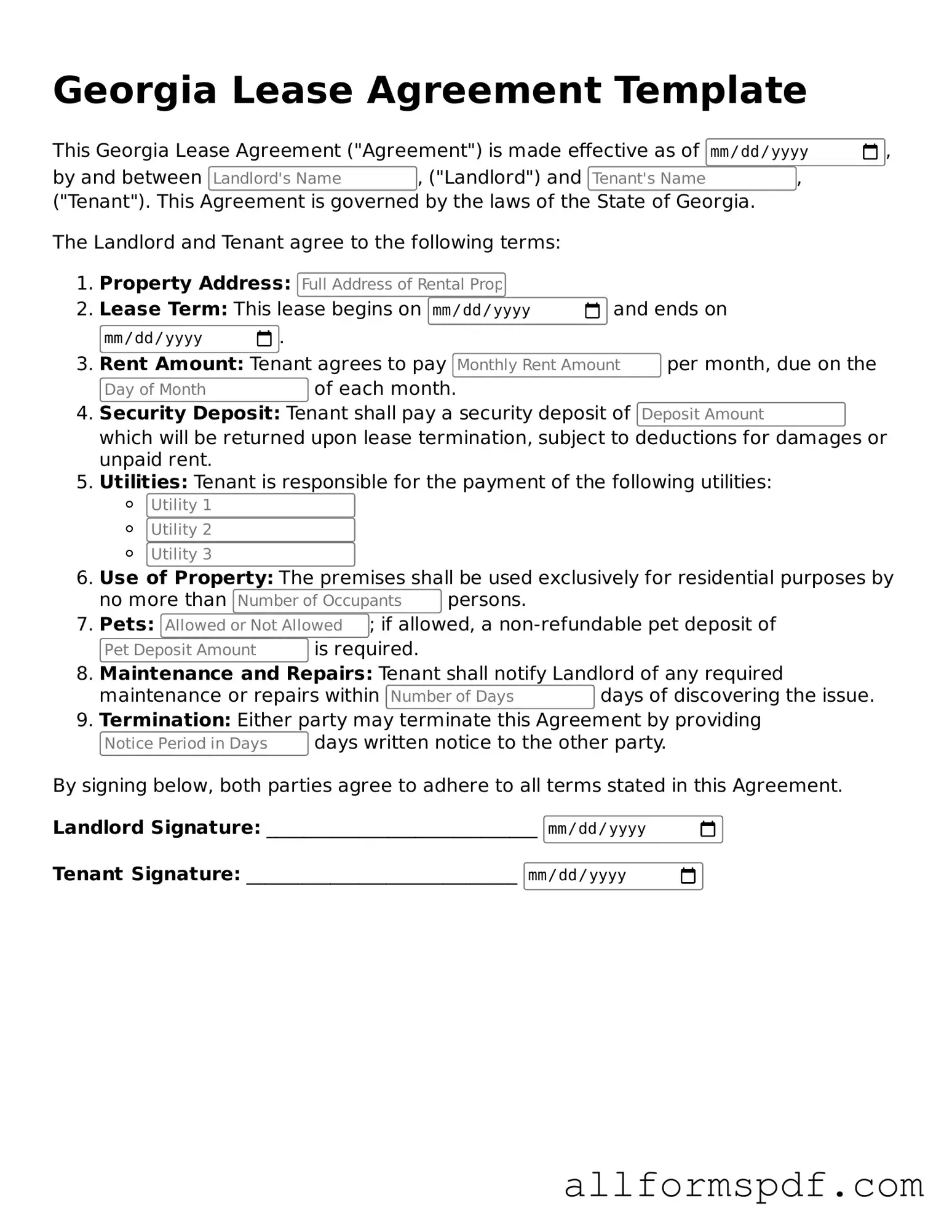Filling out a lease agreement is a crucial step in securing a rental property, yet many individuals make common mistakes that can lead to misunderstandings or legal issues down the line. One prevalent mistake is failing to read the entire lease carefully. Many people skim through the document, missing important clauses that could affect their rights and responsibilities. It’s essential to understand every section before signing.
Another frequent error is not providing accurate personal information. Incorrect names, addresses, or contact details can create complications, especially if the landlord needs to reach you for urgent matters. Always double-check that your information is correct and complete.
Some tenants neglect to clarify the lease duration. This section specifies how long the lease will be in effect. Without clear dates, misunderstandings can arise, leading to disputes about when the lease ends or begins. Always ensure that the start and end dates are explicitly stated.
Many individuals also overlook the importance of understanding the payment terms. This includes the monthly rent amount, due dates, and acceptable payment methods. Failing to grasp these details can result in late fees or even eviction. Be sure to clarify any uncertainties regarding payments.
Security deposits often create confusion as well. Some tenants forget to confirm the amount of the security deposit and the conditions for its return. Knowing the terms regarding this deposit is crucial, as it protects your financial interests when moving out.
Another common mistake is not discussing maintenance responsibilities. Some lease agreements may place the burden of repairs on the tenant, while others may not. It’s vital to clarify who is responsible for what to avoid unexpected costs and frustrations later.
Individuals sometimes fail to inquire about the pet policy. If you have pets, it’s essential to know whether they are allowed and if there are any associated fees. Ignoring this aspect can lead to conflicts and potential eviction if pets are not permitted.
Additionally, tenants often neglect to check for any restrictions on subletting. If you plan to have someone else stay in your rental unit, it’s important to know whether this is allowed. Not understanding these rules could lead to legal issues with your landlord.
Some people also make the mistake of not documenting the condition of the property before moving in. Taking photos or notes can serve as evidence in case of disputes regarding damages when moving out. This precaution can save you from losing your security deposit unfairly.
Lastly, many tenants fail to keep a copy of the signed lease agreement. Having your own copy is essential for reference and can help resolve any disputes that may arise. Always ensure you retain a signed version for your records.
